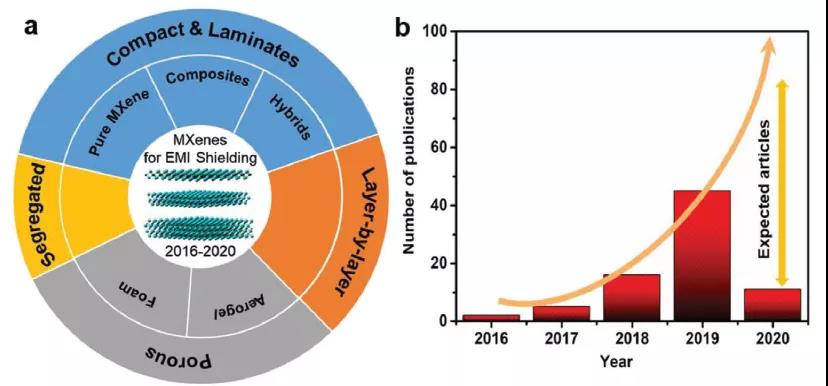AFM: MXene shielding overview
QQ Academic Group: 1092348845
Detailed
Due to excellent shielding performance, metal conductivity, low density, large specific surface area, adjustable surface chemistry and easy processing performance, since the first report on electromagnetic shielding of 2D Ti 3 C 2 T x in 2016 , MXenes is lightweight The shielding material occupies an important position and has caused great attention in the field of materials research.
Achievements
Recently, Professor Chong Min Koo from the Korea Institute of Science and Technology published a paper titled " 2D MXenes for Electromagnetic Shielding: A Review " in the top international journal Advanced Functional Materials . There are more than 100 reports on MXenes electromagnetic shielding in 3 years. Many different structures of MXenes composite materials and hybrids, such as dense structures and layered structures, multi-layer components, porous foams and aerogels, and isolation structures, have been used to further improve the inherent electromagnetic shielding performance of MXenes. It comprehensively reviews the research progress of MXene-based shielding materials with different structures in recent years, and provides in-depth insights into future challenges and guidelines for next-generation shielding material solutions.

Figure 1 2D MXenes are used in the field of shielding.
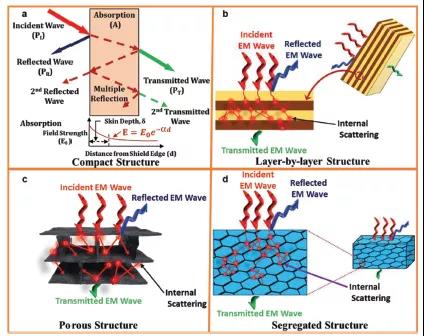
Figure 2 The mechanism of different structures and electromagnetic waves.
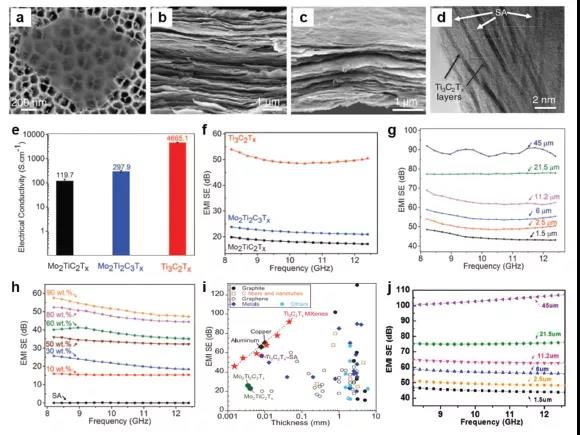
Figure 3 Shielding properties of Ti 3 C 2 T x / sodium alginate film.
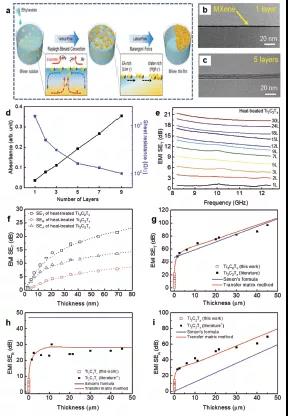
Figure 4 Shielding performance of self-assembled MXenes film.
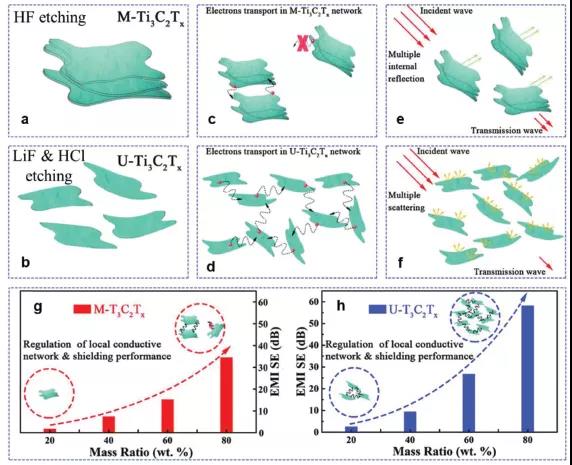
Figure 5 The interaction mechanism between M-Ti 3 C 2 T x and U-Ti 3 C 2 T x and electromagnetic waves.
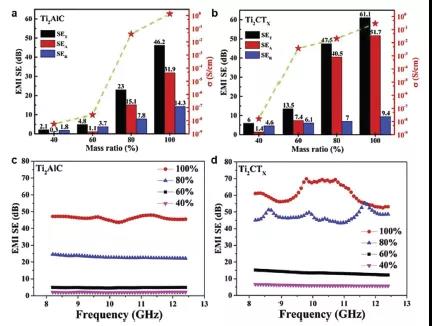
Figure 6 Shielding performance of Ti 2 CT x / paraffin composites.
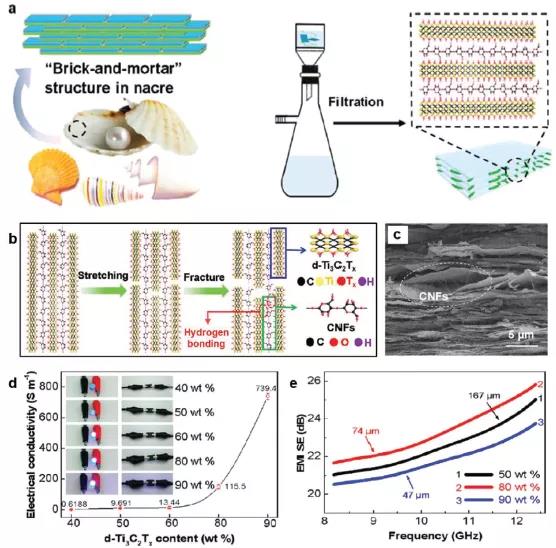
Figure 7 Shielding performance of Ti 3 C 2 T x / CNF film with “ brick - cement ” structure .
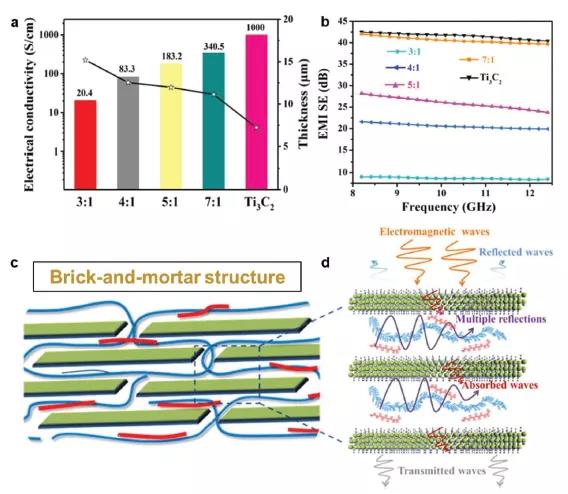
Figure 8. Shielding performance of different Ti 3 C 2 T x polymer composite films.
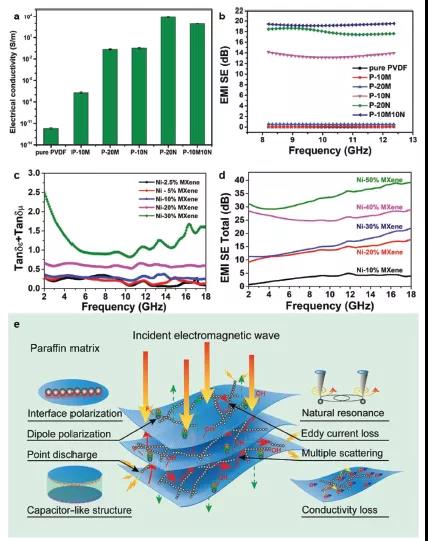
Figure 9 Shielding performance of Ti 3 C 2 T x / PVDF / Ni chain composite film.

Figure 10 Layer-by-layer self-assembled Ti 3 C 2 T x / CNF film shielding performance.
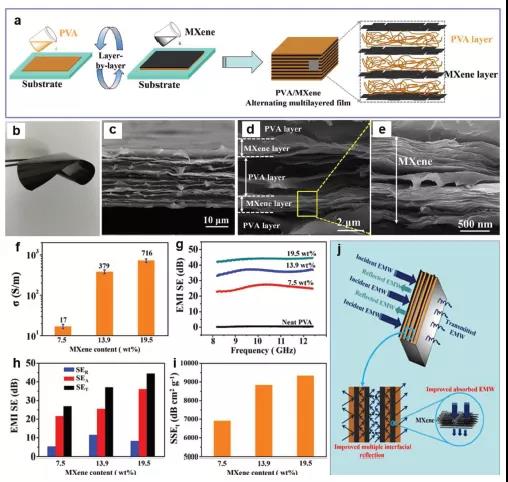
Figure 11 Shielding performance of Ti 3 C 2 T x / PVA film.

Figure 12 Shielding performance of Ti 3 C 2 T x fabric.
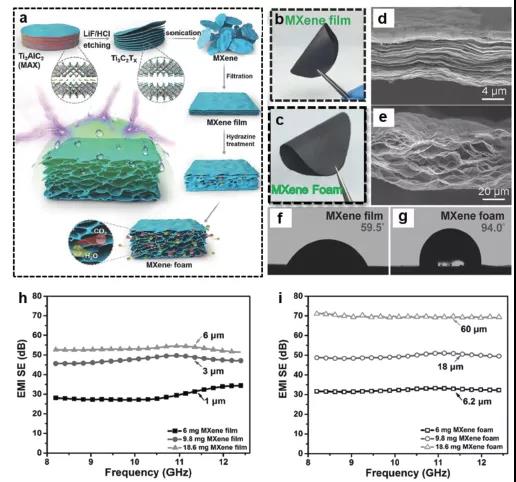
Figure 13 Shielding performance of Ti 3 C 2 T x foam.
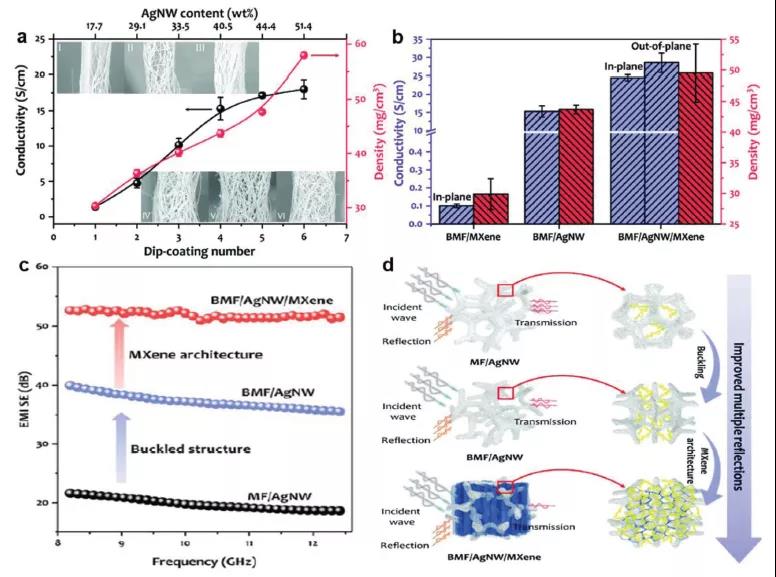
Figure 14 Shielding performance of BMF / AgNW / MXene foam.

Figure 15 Shielding performance of Ti 3 C 2 T x aerogel.
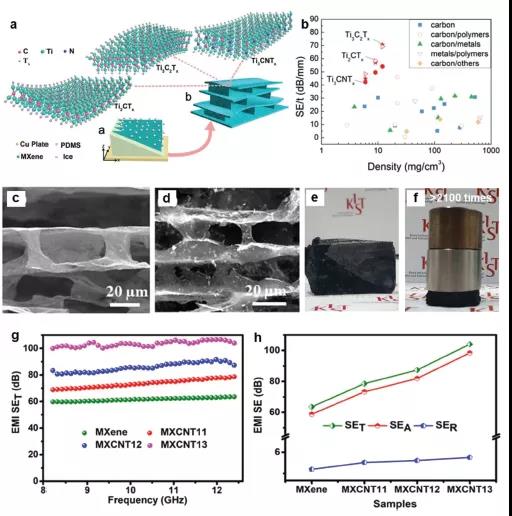
Figure 16 Shielding performance of bidirectionally frozen Ti 3 C 2 T x aerogel.

Figure 17 Shielding performance of Ti 3 C 2 T x / rGO hybrid aerogel.
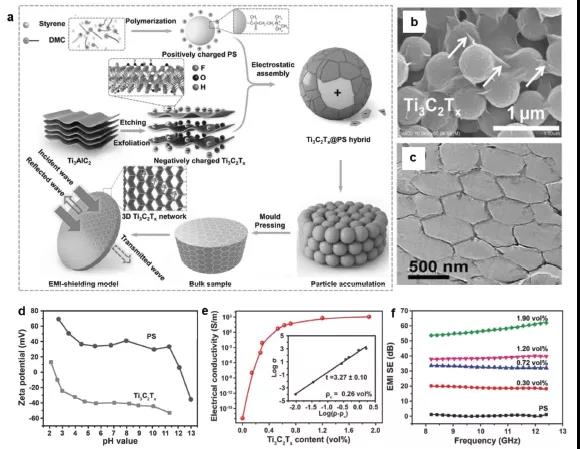
Fig. 18 Shielding performance of Ti 3 C 2 T x / rGO composite with isolation structure .
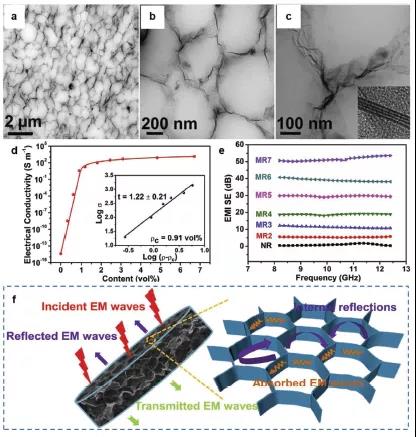
Figure 19 Shielding performance of Ti 3 C 2 T x / natural rubber composites.
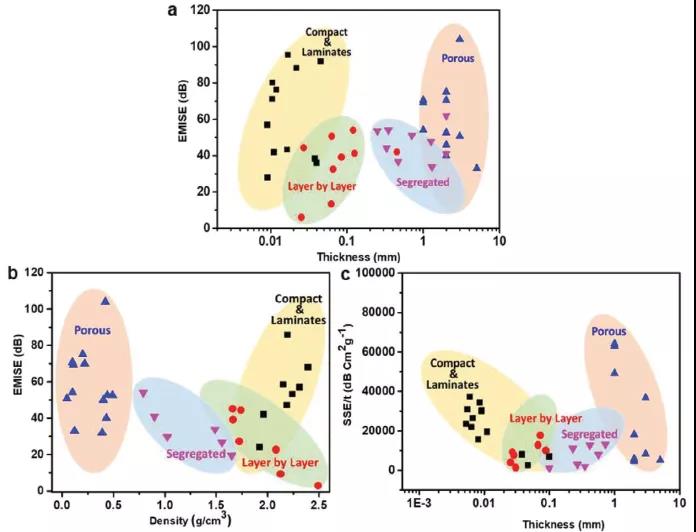
Figure 20 Summary of the shielding performance of MXene shielding materials with different densities, thicknesses and absorption shielding effectiveness .
Table 1 Shielding performance of MXene shielding materials with different structures .
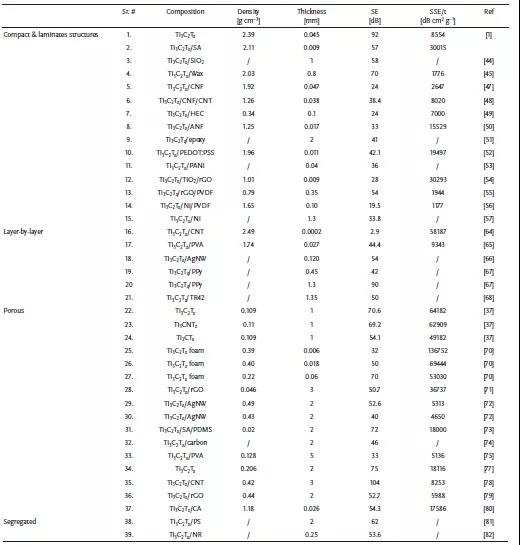
in conclusion
MXenes research is still in its infancy, and there is still a large gap to explore the shielding potential of MXenes . I hope this comprehensive review will provide some guidance for future challenges and solutions for the next generation of shielding materials.
Original link:
https://onlinelibrary.wiley.com/doi/full/10.1002/adfm.202000883
Source: MXene Academic
- Previous: Catalysis B: MXene boo
- Next: What is graphene?


 Application
Application
